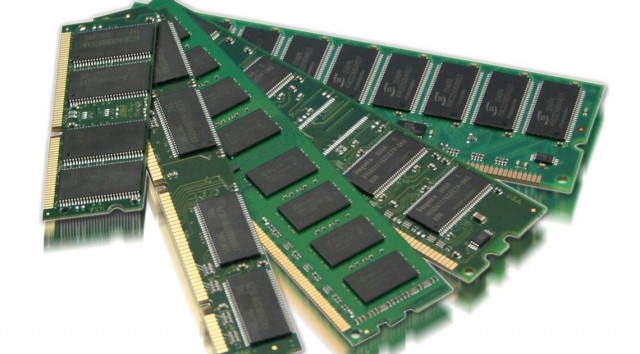DRAM vs SRAM
Summary: Difference Between DRAM and SRAM is that Dynamic RAM (DRAM) chips must be re-energized constantly or they lose their contents. While Static RAM (SRAM pronounced ESS-ram) chips are faster and more reliable than any variation of DRAM chips.

DRAM
Users typically are referring to RAM when discussing computer memory. RAM (random access memory), also called main memory, consists of memory chips that can be read from and written to by the processor and other devices. When you turn on power to a computer, certain operating system files (such as the files that determine how the desktop appears) load into RAM from a storage device such as a hard disk. These files remain in RAM as long as the computer has continuous power. As additional programs and data are requested, they also load into RAM from storage.
DRAM
Dynamic RAM (DRAM pronounced DEE-ram) chips must be re-energized constantly or they lose their contents. Many variations of DRAM chips exist, most of which are faster than the basic DRAM.
SRAM
Static RAM (SRAM pronounced ESS-ram) chips are faster and more reliable than any variation of DRAM chips. These chips do not have to be re-energized as often as DRAM chips, thus, the term static.
Also Read:
Difference Between Processor and Ram
Difference Between Cache and RAM







Leave a Comment
You must be logged in to post a comment.